O in Persian Costume
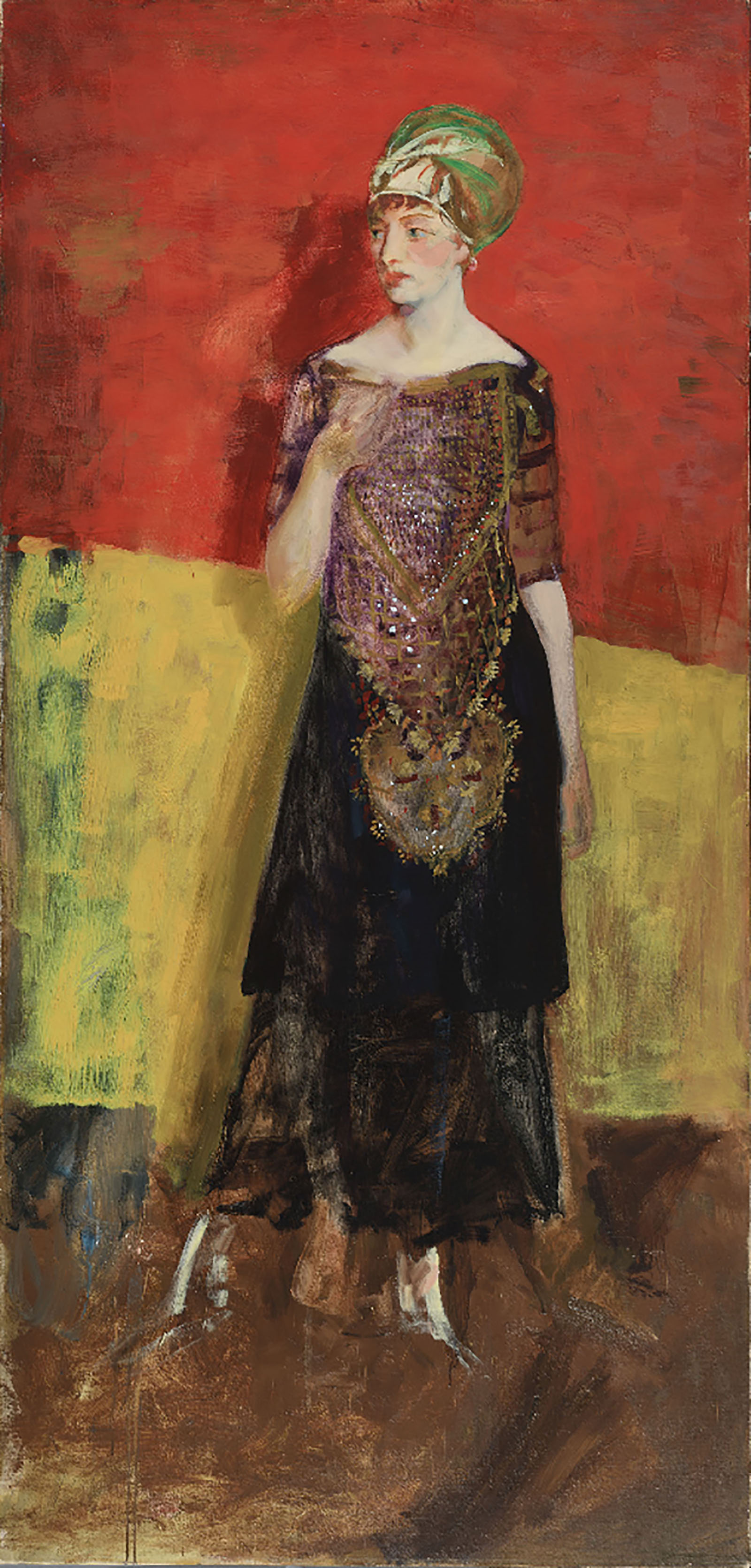
Here the artist’s wife wears a glimmering headdress and tunic laden with beadwork. The sharp color contrasts, variations in texture, and changeable brushwork create a dynamism that seems to describe the subject herself.

Here the artist’s wife wears a glimmering headdress and tunic laden with beadwork. The sharp color contrasts, variations in texture, and changeable brushwork create a dynamism that seems to describe the subject herself.
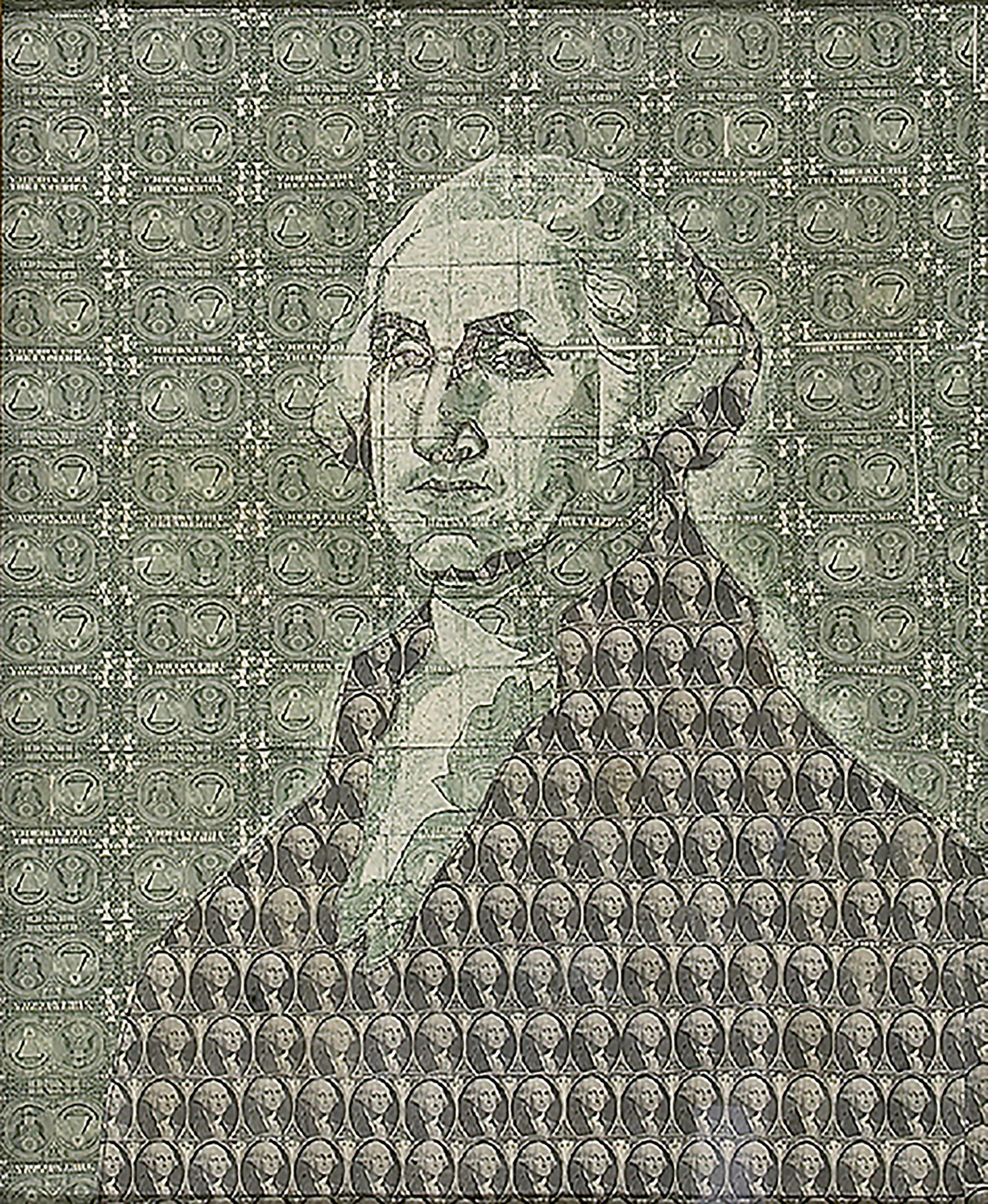
What determines the value of a work of art?
This collage was created from approximately 250 dollar bills meticulously arranged, folded, and sewn together to re-create a famous portrait by Rembrandt Peale of George Washington. Beldner’s labor-intensive technique consciously plays on the average viewer’s equation of the hours of labor with value in art. His use of the national motto—e pluribus unum (“out of many, one”)—for the title of the work makes witty reference to the creation of this portrait from many dollar-bill portraits.

What determines the value of a work of art?
This collage was created from approximately 250 dollar bills meticulously arranged, folded, and sewn together to re-create a famous portrait by Rembrandt Peale of George Washington. Beldner’s labor-intensive technique consciously plays on the average viewer’s equation of the hours of labor with value in art. His use of the national motto—e pluribus unum (“out of many, one”)—for the title of the work makes witty reference to the creation of this portrait from many dollar-bill portraits.
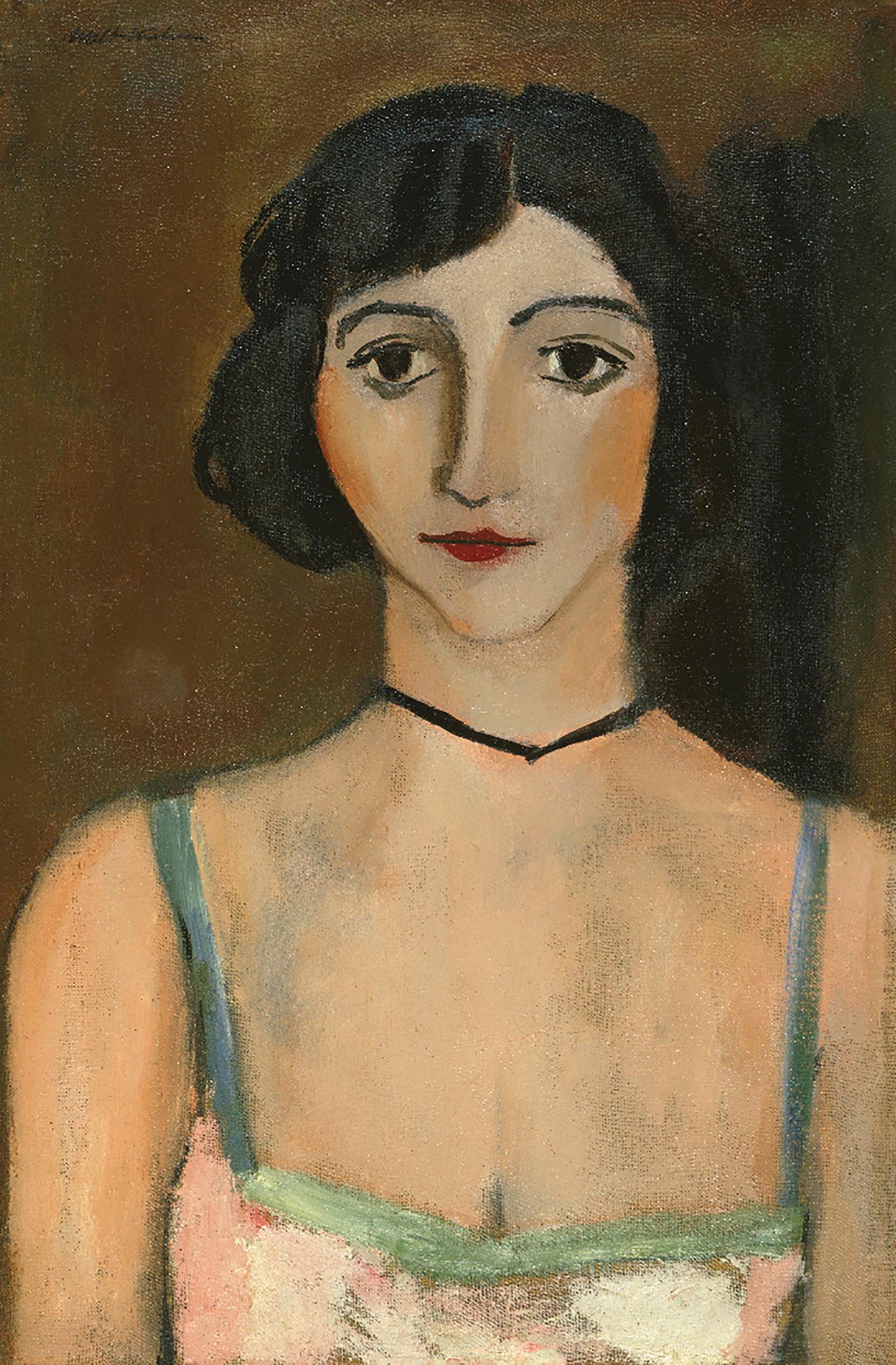
What makes performers intriguing subjects for artists?
Beginning in the 1920s, Kuhn focused on the subject of vaudeville and circus performers—in addition to painting intense, modern portraits of performers, he also worked as a designer and director for vaudeville shows and circus acts. Although the young woman in this portrait is unidentified, it is likely that she was a vaudeville or circus performer—her pink and green leotard and her black ribbon choker resemble the costumes worn by some female entertainers of the period.
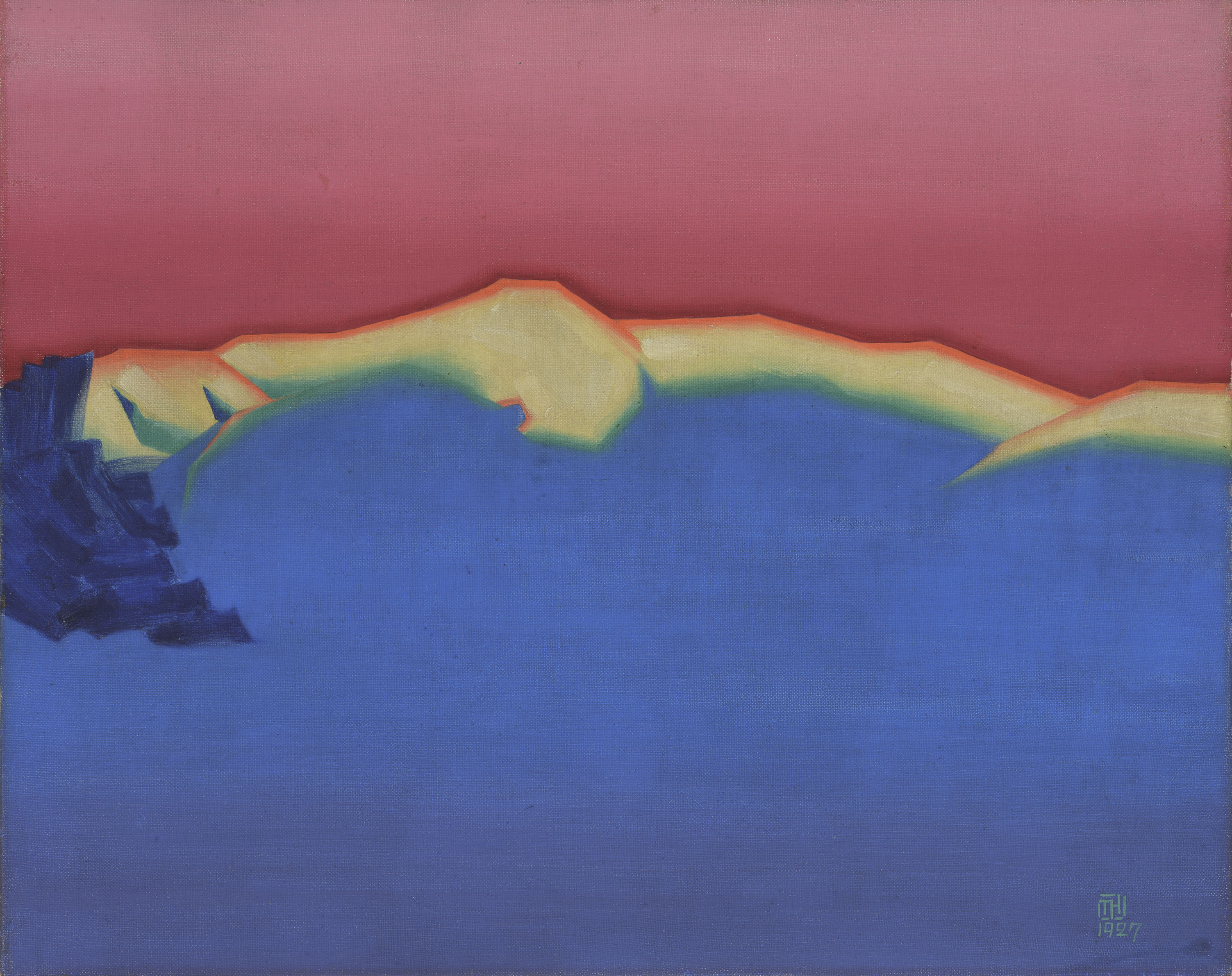
What emotions do these colors inspire?
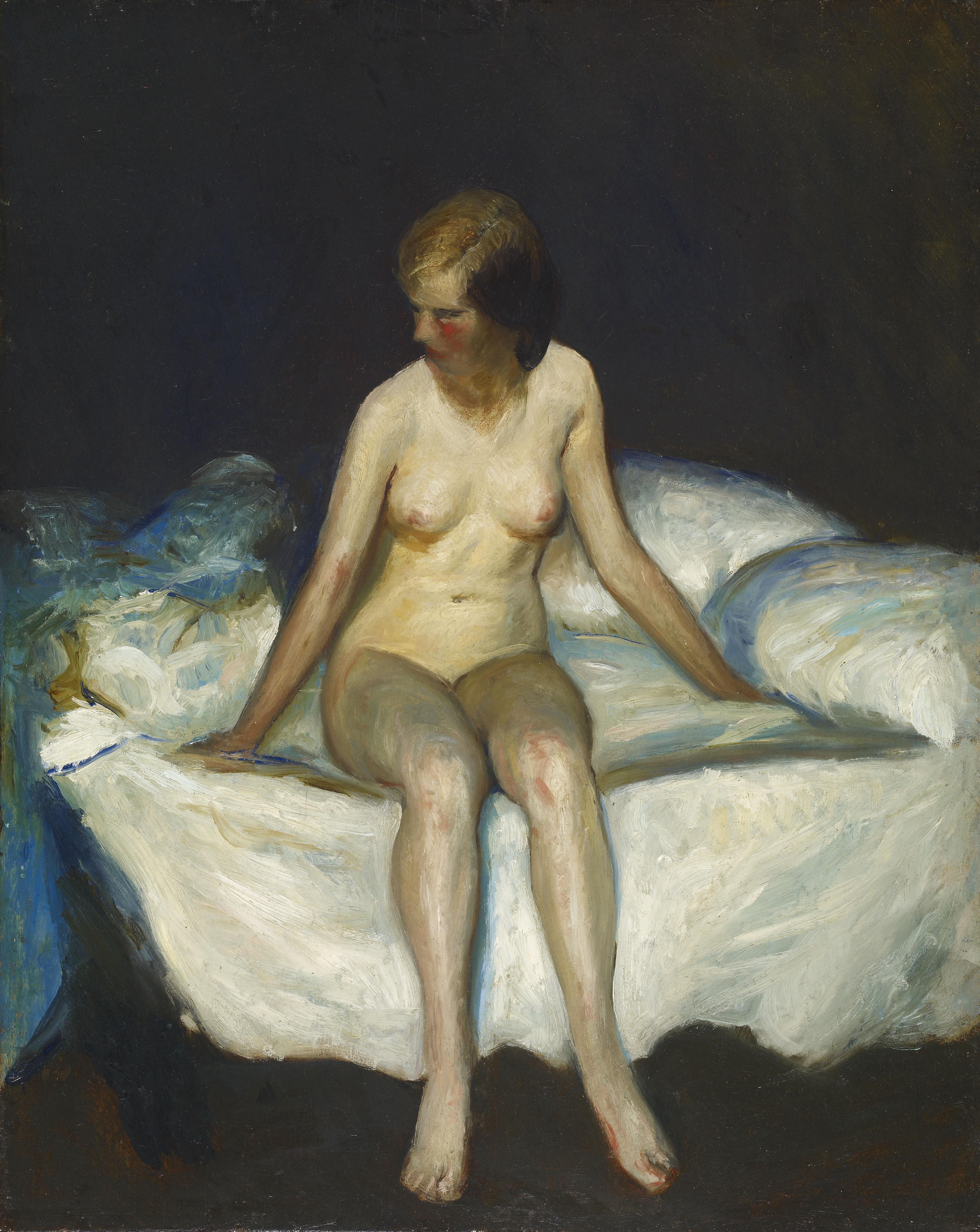
Would you describe this painting as idealized or realistic?
Du Bois’s work is easily recognizable for its stylized, sculptural treatment of the figure, as seen in this painting of a seated nude. The composition’s strength lies in its simplicity, attesting to his belief that the true realist explored what was essential and indefinable about their subject, in his words “a shameless fellow completely unafraid of reality . . . a fellow with eyes to see and a heart to accept and appreciate the contours of his own kind.”

Would you describe this painting as idealized or realistic?
Du Bois’s work is easily recognizable for its stylized, sculptural treatment of the figure, as seen in this painting of a seated nude. The composition’s strength lies in its simplicity, attesting to his belief that the true realist explored what was essential and indefinable about their subject, in his words “a shameless fellow completely unafraid of reality . . . a fellow with eyes to see and a heart to accept and appreciate the contours of his own kind.”
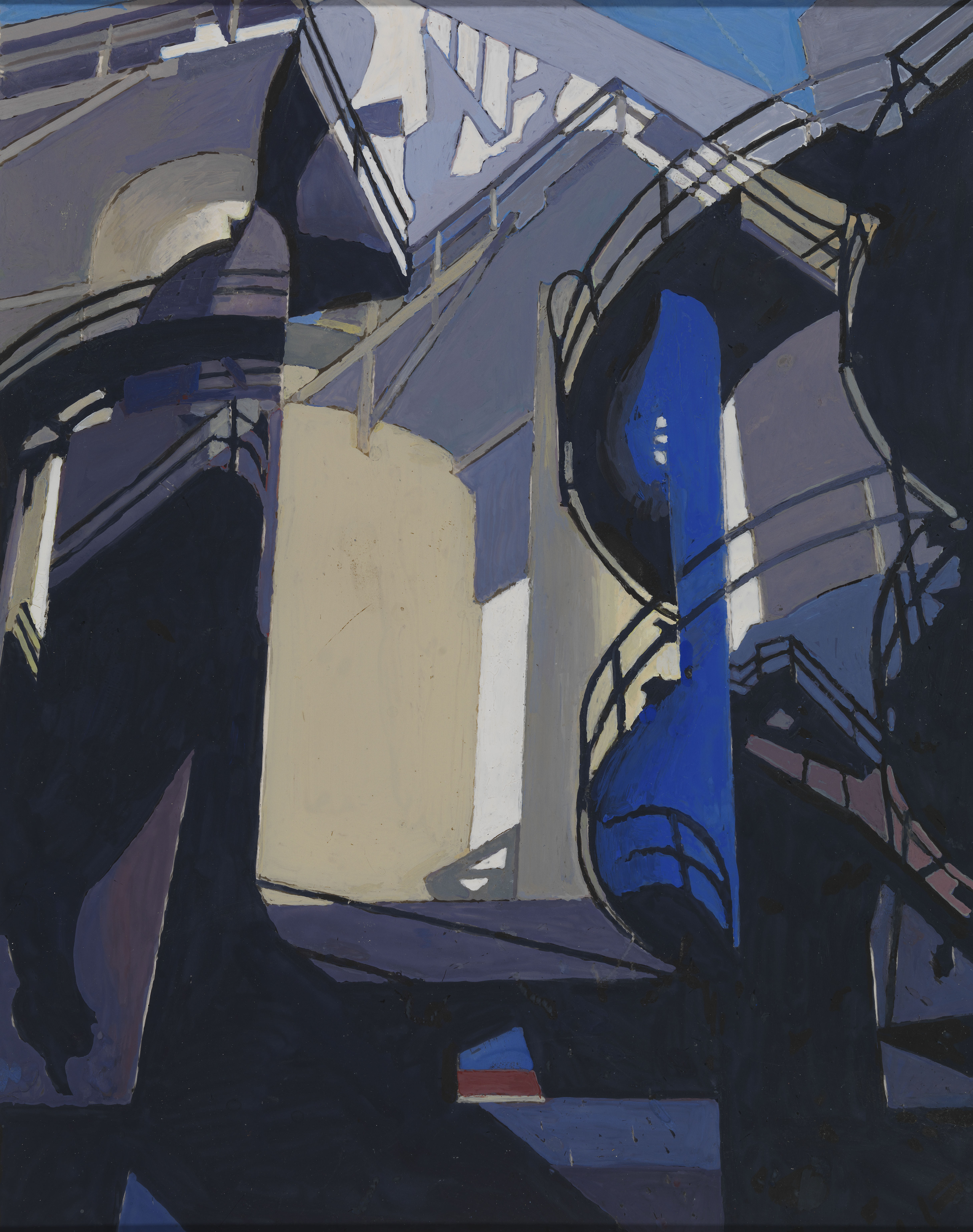
What factories have you visited?
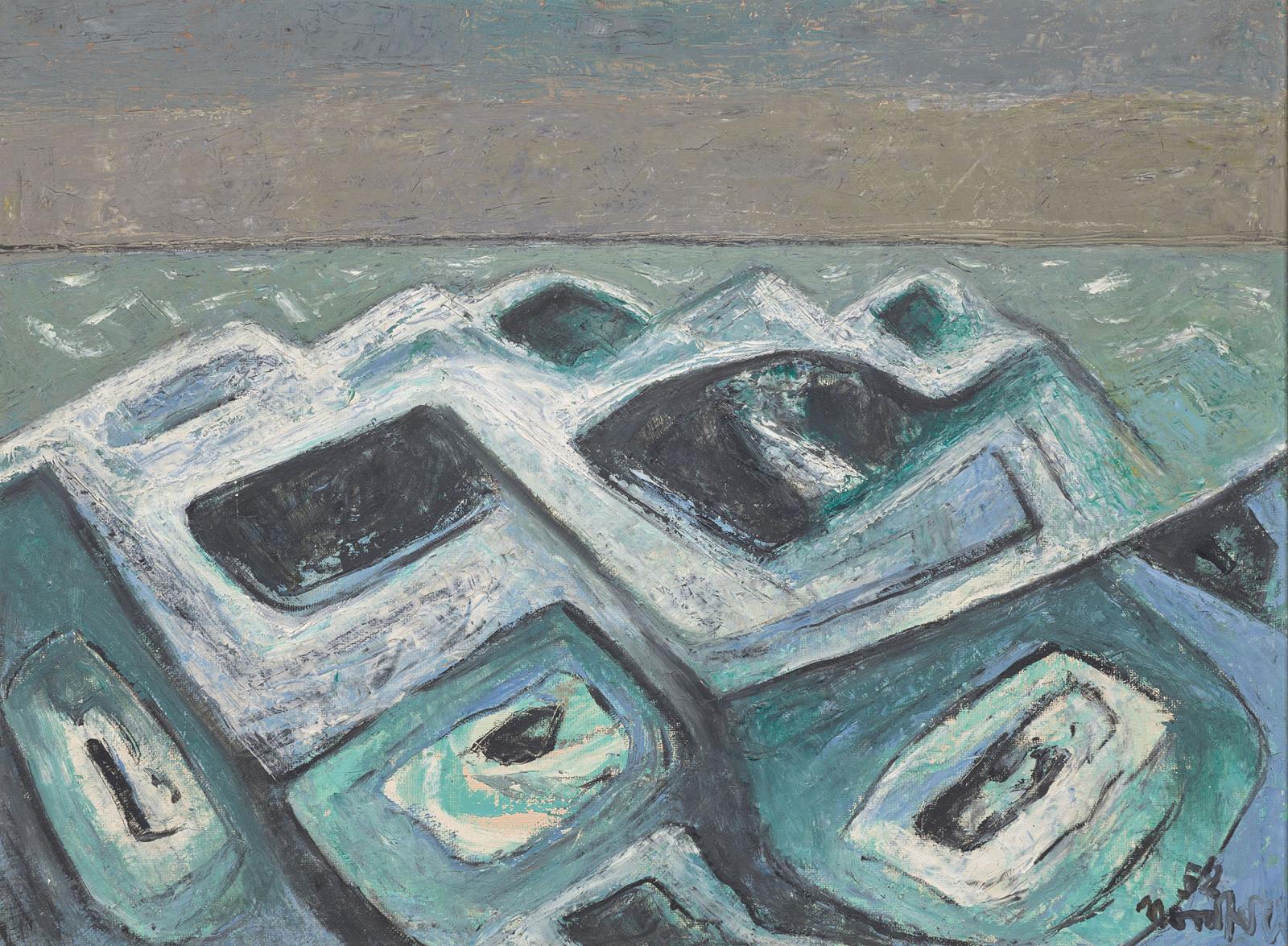
Where is geometry found in nature?
Nordfeldt was attracted to the sea, and it was as a constant source of inspiration. He painted the oceans on both coasts of the United States, including this work. After traveling to the California coast, his wife, Emily, admitted that “the resulting paintings were . . . less rigid, have movement and vibrancy and almost a joyfulness and gaiety about them.” Toward the end of his life, he stripped down his dreamlike compositions to semi-abstract shapes or “idea-bones” in order to express emotion.

Where is geometry found in nature?
Nordfeldt was attracted to the sea, and it was as a constant source of inspiration. He painted the oceans on both coasts of the United States, including this work. After traveling to the California coast, his wife, Emily, admitted that “the resulting paintings were . . . less rigid, have movement and vibrancy and almost a joyfulness and gaiety about them.” Toward the end of his life, he stripped down his dreamlike compositions to semi-abstract shapes or “idea-bones” in order to express emotion.